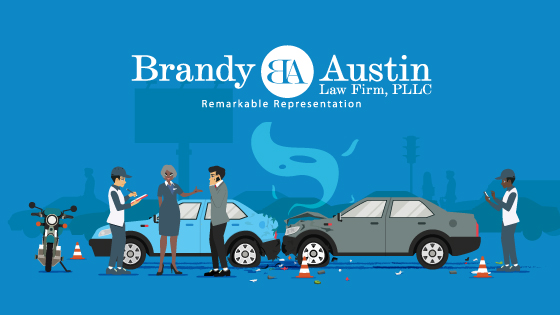How Do Insurance Companies Evaluate Your Injury Claim?
Evaluating how much your personal injury claim is worth in vital aspects of any personal injury case no matter the exact type of case.
The answer of how to do such invariably depends on the circumstances in the accident as well as policy limits, however insurance adjusters generally follow similar approaches in regards to how they evaluate the claims by placing the weight on key factors when determining the value of a personal injury claim, but first liability has to be determined or in other words who is at fault.
Liability
Liability is when a party is found responsible or answerable in law. In other words, they are legally obligated. It is up to the claimant to prove liability.
Methods of Proving Fault:
- Breach- The plaintiff must prove the defendant breached a legal duty.
- This would occur if, while driving, a motorist was carelessly texting while driving.
- Causation- The defendant must be the cause of the plaintiff’s harm or injuries. This element is usually pretty obvious in most injury cases
- For example, if the defendant’s car rear-ends the plaintiff’s car.
- Damages- The plaintiff must incur actual damages stemming from the incident
- Monetary damages are incurred from medical bills, lost income, property damages, etc.
Proving Negligence in Common Personal Injury Cases
In the case of an accident or a slip and fall, negligence is looked for as; what could have been done in order to prevent the fall from happening.
In motor vehicle accidents, insurance companies try to determine which vehicle was at fault for the accident and to what degree. Usually, there is a person at fault established by a police report, and therefore that person’s liability insurance company must pay the injured party for damages caused.
In slip and fall cases, negligence is made by the store manager or property owner. This occurs when the person in charge doesn’t take the precautions needed to make the area safe.
In a wrongful death case, the person’s death is caused by the negligence of another person, and therefore, the surviving family members have the right to seek damages from the responsible person.
In a workplace accident, negligence by one’s employer is needed.
What are Damages and How Do They Affect My Claim?
In order to determine what your claim is worth; after determining liability, the adjuster will look at the types of damages that you can potentially be compensated for after an accident or injury.
The types of damages or losses occurred includes individual damages and general damages
Types of General Damages
Also known as Non-Economic damages, these damages are more subjective and therefore tend to be more difficult to calculate. These damages include those injuries that are less tangible. Non-Economic damages are awarded for the purpose of compensation for pain and suffering. Non-Economic damages are hard to calculate because each case is as unique in itself.
-
-
-
- Mental or emotional anguish: experiencing depression and or anxiety or stress due to the accident
- Disfigurement
- Chronic pain
- Permanent impairment or lasting physical impairments
- Loss of companionship
- The inconvenience brought into your life due to the accident
- Future prognosis
- The loss of enjoyment of life
-
-
Types of Individual Damages
These are damages that are easily calculated. They’re based upon:
-
-
-
- Medical bills
- Medical care, and related expenses to said medical care
- Lost wages due to missing work as a result of the injury travel expenses
- Property damage
- Travel expenses: this includes mileage in traveling to medical providers that were needed as a result of the accident
- Loss of family, social, and educational experiences: this can include missed school or training, vacation or recreation, or a special event
- Other out of the pocket expenses for which there are receipts
-
-
Medical Care
Reasonable medical care is proven by showing that the services provided were in fact necessary for the treatment of the condition resulting from the accident or injury. This is done in a variety of ways, which include:
-
-
-
- Medical records, affidavits, and the doctor’s notes.
- Medical expenses are generally proven with: medical bills, receipts, and affidavits.
-
-
Percentages of Fault
How the insurance company will pay for your damages can vary. The extent to which each person is at fault for the accident is what affects how much the insurance company is likely to pay.
Amount of Parties Involved
When there is more than one person involved or responsible for an accident, then all responsible parties must then be held at fault. They may not be both 50% at fault. It could be that one party is more at fault then the other, and the amount that their insurance company pays will reflect that.
Insurance Protection
Personal Injury Protection (PIP): This type of coverage can be included in your insurance coverage as a policy add-on. It’s designed to cover medical expenses regardless of who’s at fault. It can also include lost wages in certain circumstances.
Uninsured Motorist Insurance (UIM): This type of coverage can be included to pay for injuries that result from accidents caused by a driver who has no insurance or a low-coverage policy.
If you would like a free consultation, contact our office today.





